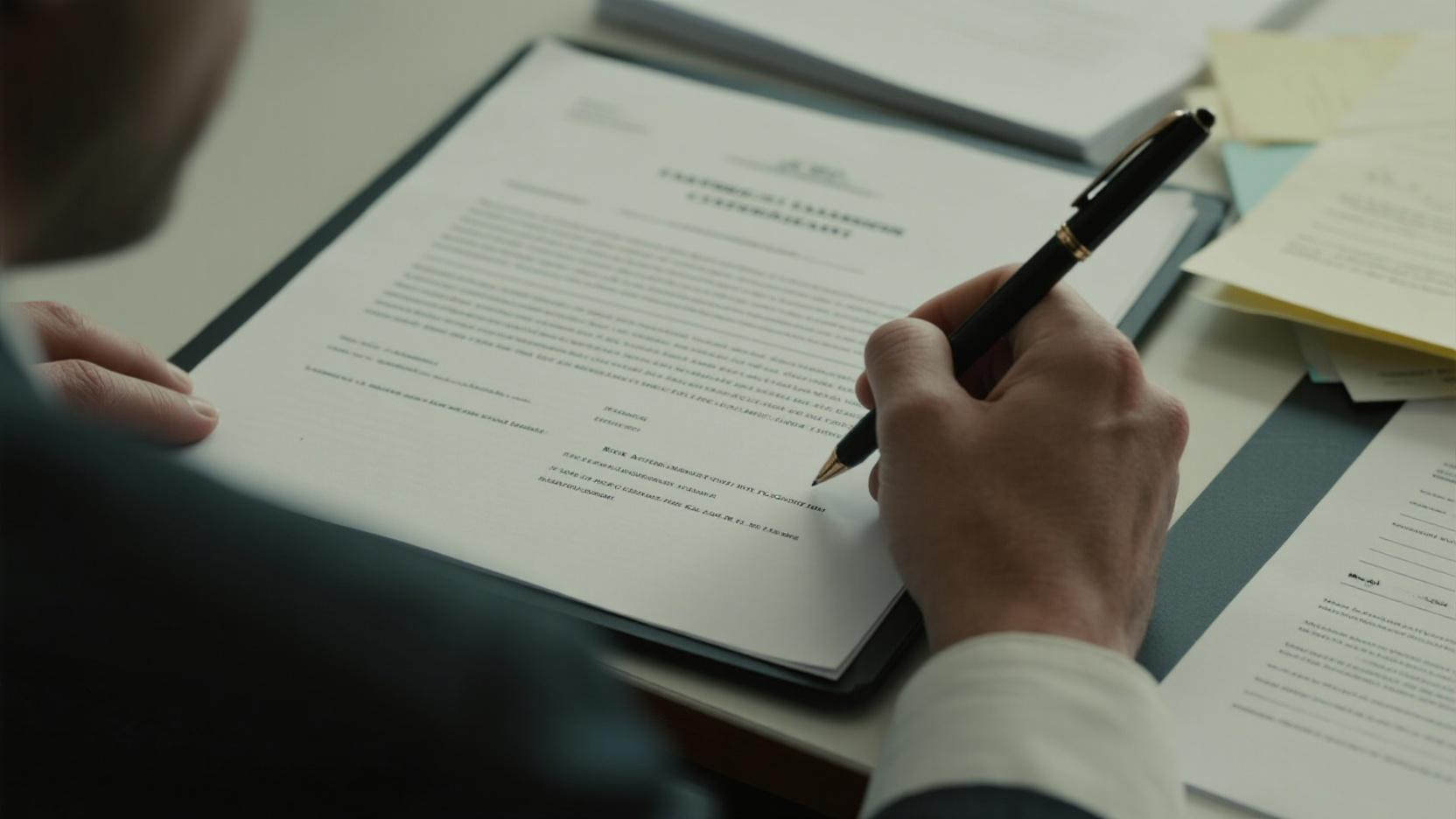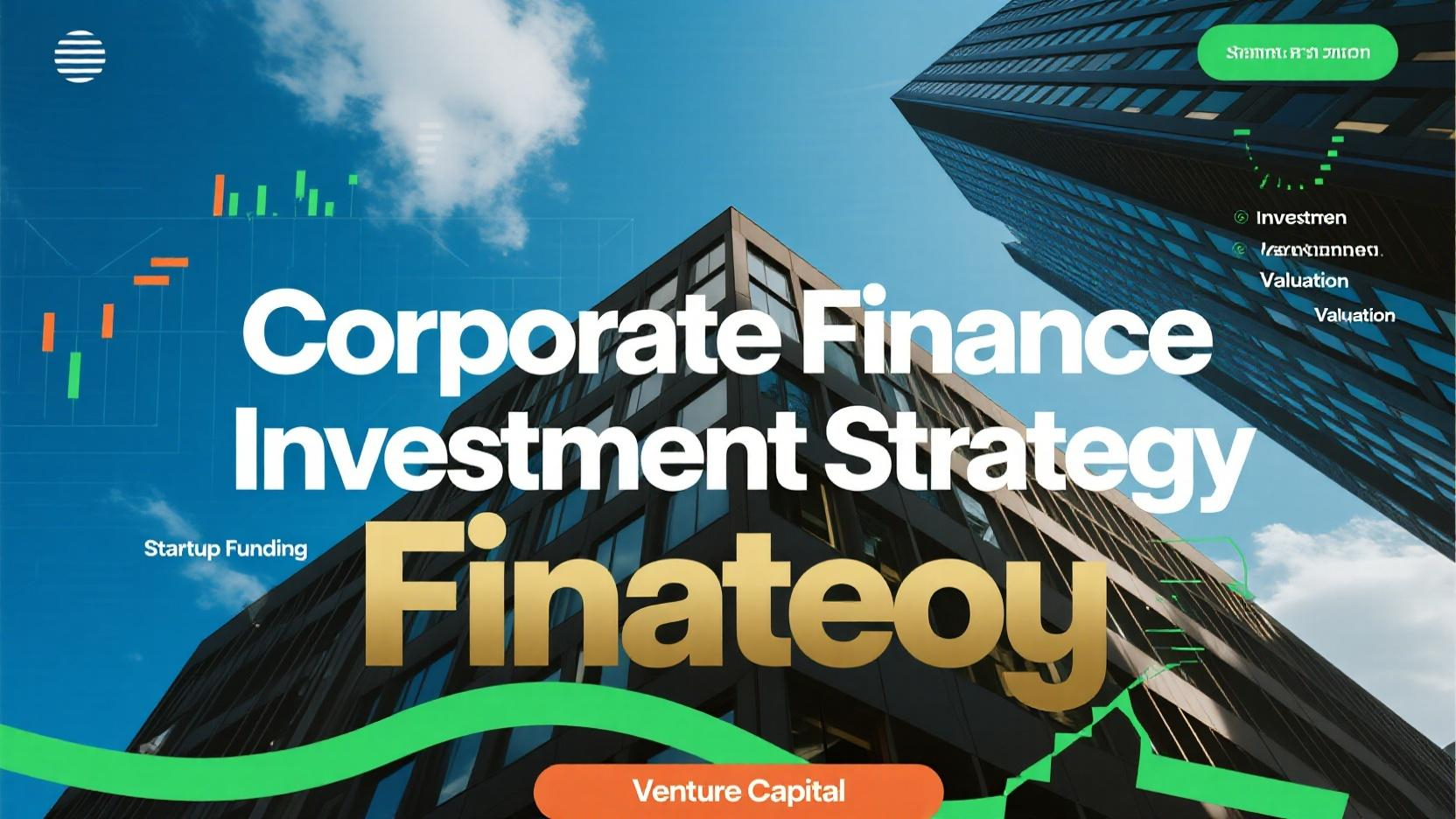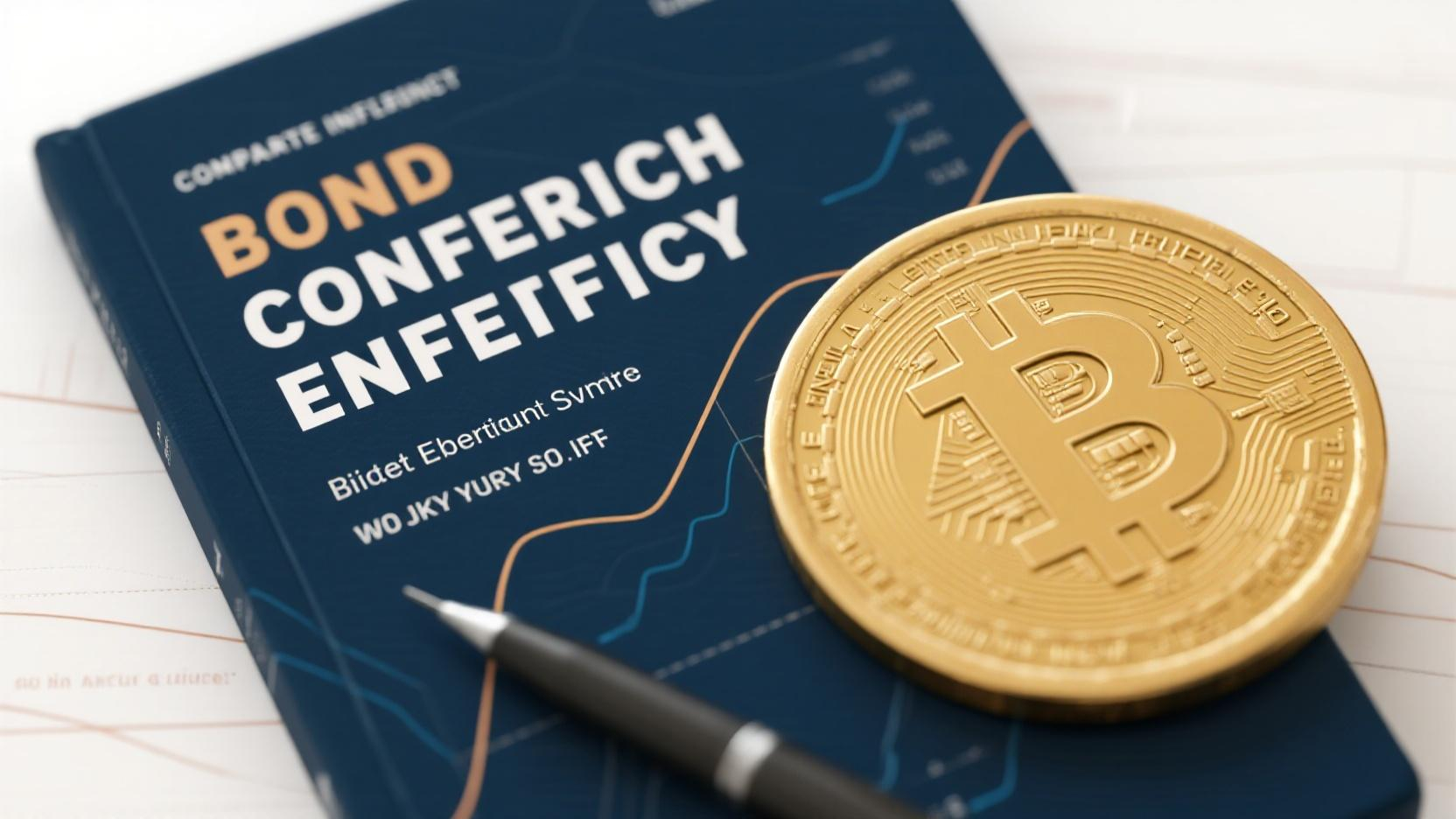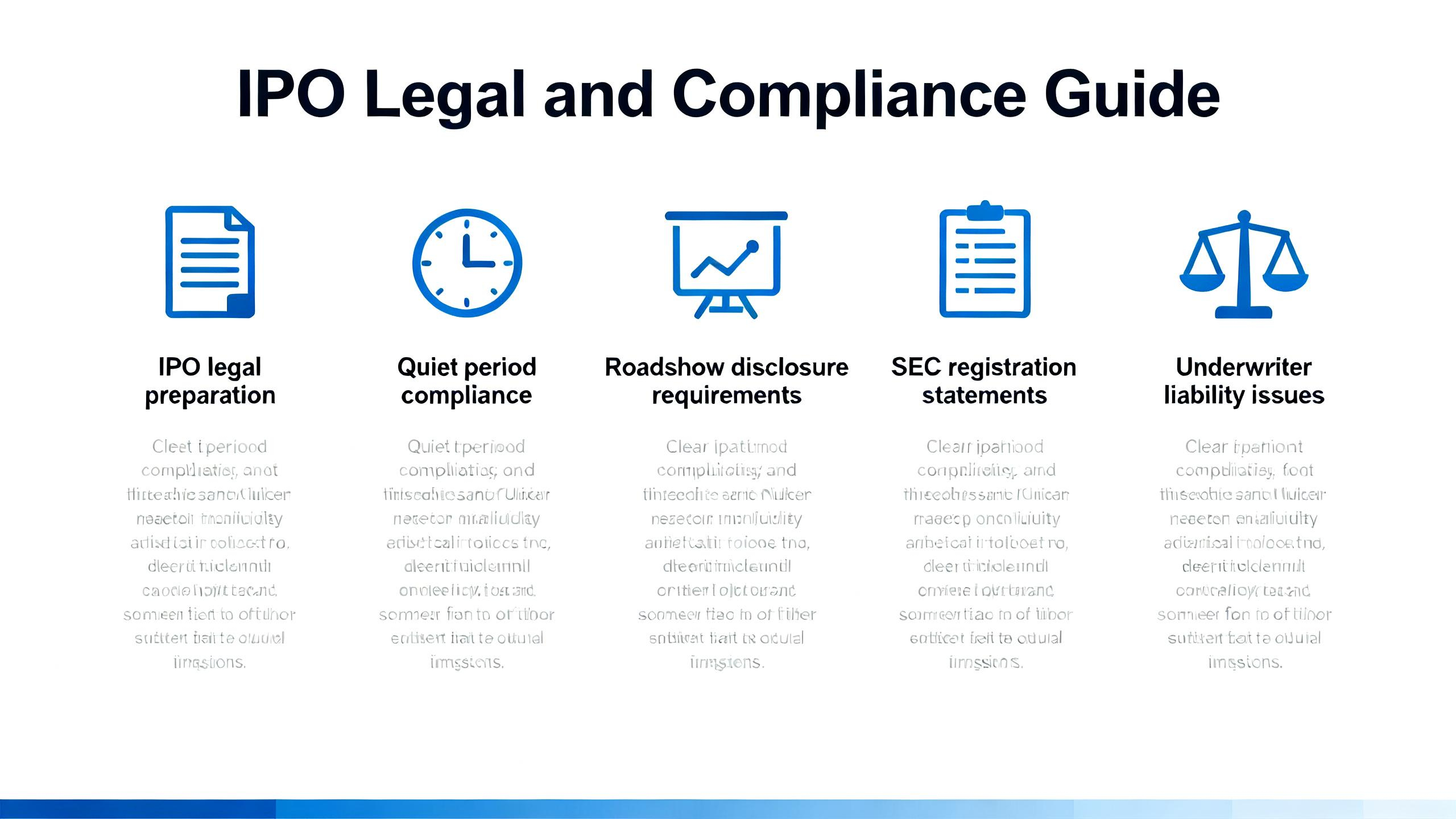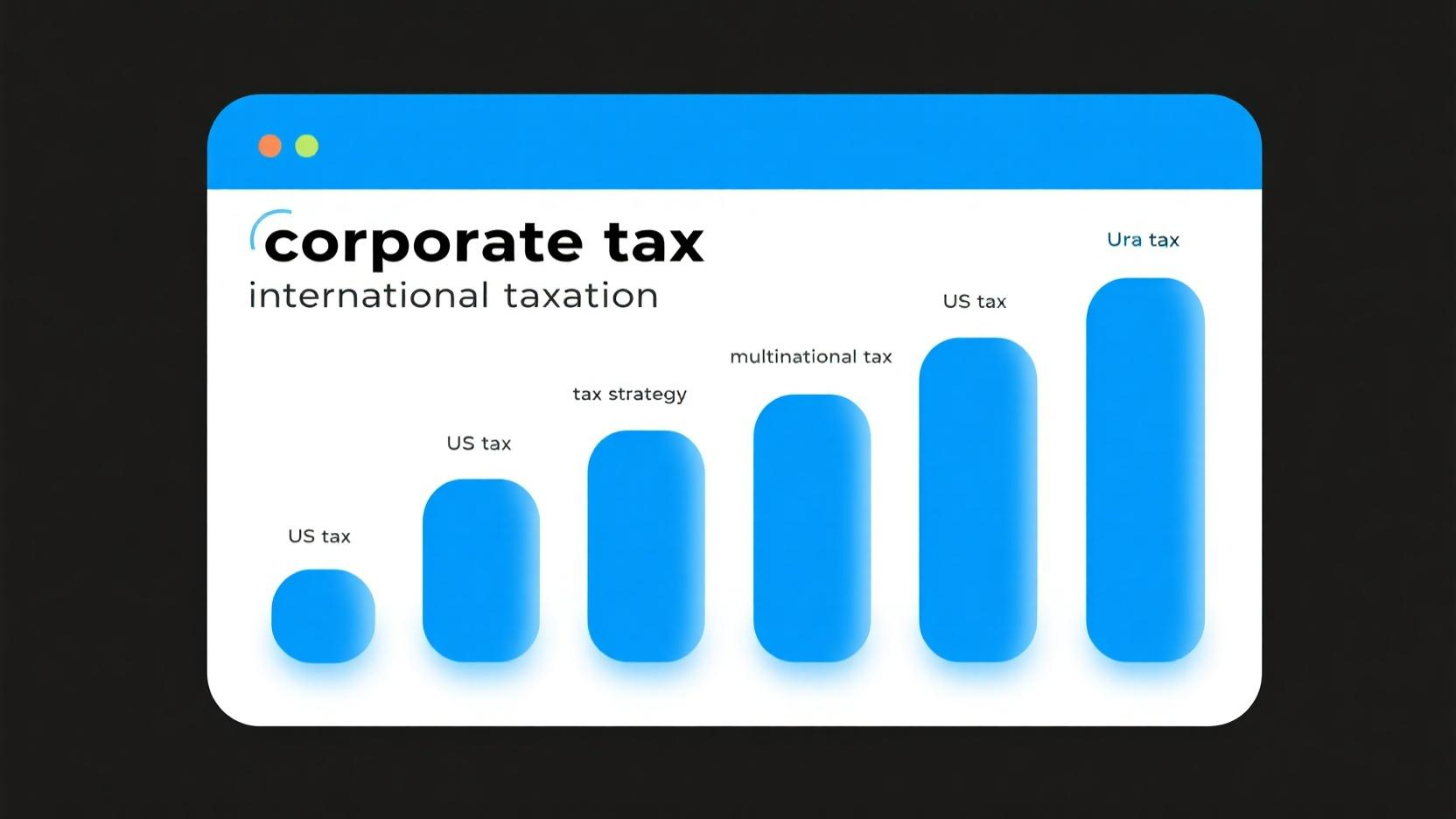Image Source: unsplash
Valuing early-stage companies is crucial in venture capital, particularly when considering Early-Stage Valuation Methods and Strategies in Venture Capital. These methods help investors determine how much startups are worth. Since startups often lack past financial records, predicting their future success can be challenging. Many operate in risky markets, and their business ideas are frequently unique, making comparisons to other companies difficult. As a result, various approaches to valuation are necessary. For instance, the Discounted Cash Flow (DCF) method and the Venture Capital Method estimate value based on future cash flows or projections. Employing multiple Early-Stage Valuation Methods and Strategies in Venture Capital allows investors to gain a clearer understanding of a startup’s potential.
Key Takeaways
- Figuring out the value of new startups needs different methods. Using tools like Discounted Cash Flow and Comparing Similar Companies helps understand their value better.
- Knowing important numbers is key to judging startups. Look at how fast they make money, how much it costs to get customers, and how active users are to see if they might succeed.
- Trusting founders makes valuing startups easier. Talking openly helps learn about their goals and problems, leading to better guesses about their worth.
Challenges in Early-Stage Valuation
Lack of Historical Financial Data
When valuing new startups, missing financial history is a big problem. Startups usually don’t have past records, so traditional methods don’t work well. For example, discounted cash flow needs past data to predict the future. Without this, I must use guesses, which can be risky.
Here’s what I’ve noticed:
- Startups often lose money in their early years.
- No financial history makes it hard to judge success.
- Short records make prediction methods less dependable.
| Source | Evidence |
|---|---|
| Ramotion | Startups often don’t have enough past financial data. |
| Investopedia | Missing financial history makes valuation harder. |
| ScaleX | Short records make predictions less accurate. |
High Levels of Uncertainty
Uncertainty is another big issue when valuing startups. Startups work in unpredictable markets and depend on unknown factors. It’s hard to guess their future because they take years to grow.

Some things I’ve learned are:
- Confusing data and opinions make uncertainty worse.
- Startups need 5 to 10 years to meet goals, so predictions are tough.
- Mistakes and market changes add more challenges.
Valuing Intangible Assets
Figuring out the value of things like ideas or reputation is hard. These are key to a startup’s success but are tricky to measure. Startups with special ideas or models often don’t have similar companies to compare.
Here’s why it’s tough:
- Startups don’t have enough data to measure these assets.
- Fast-changing markets make growth hard to predict.
- Unique ideas make finding comparisons difficult.
Learning about these problems has helped me improve my valuation methods. By solving these issues, I can better understand a startup’s potential.
Early-Stage Valuation Methods and Strategies in Venture Capital
Comparable Company Analysis (CCA)
To value startups, I often use Comparable Company Analysis (CCA). This method compares a startup to similar businesses in the market. It works best when I have numbers like revenue and net income. By studying these, I can guess a fair value.
CCA uses real market data, making it a useful method.
I also check ratios like Price-to-Earnings and Value-to-Revenue. These show the total worth of the business, including debts. Comparing startups to others helps me understand their value better.
Discounted Cash Flow (DCF) Adjustments
DCF adjustments help make valuations more accurate. I update my guesses based on market changes and new data. This keeps my models up-to-date. Sensitivity analysis is another tool I use. It shows how changes in guesses affect results.
Updating assumptions is important in a fast-changing market.
By finding key value drivers, I can spot risks and adjust plans. This makes DCF a good way to estimate future cash flows, even with little data.
Venture Capital Method
The Venture Capital Method estimates a startup’s future value when it exits. I use tools like statistics and machine learning to study factors. These help me find important things like team skills and planning.
This method works well for startups aiming for fast growth.
Using these tools, I can predict a startup’s future and invest wisely.
Scorecard Method
The Scorecard Method compares startups to an ideal company. I give scores to things like market size and product quality. This helps me adjust values based on strengths and weaknesses.
Berkus Method
The Berkus Method values startups by giving money amounts to five areas. Each area, like the idea or team, can add up to $500,000. The highest value is $2.5 million before revenue.
This method is helpful for very early-stage startups.
By looking at both ideas and people, the Berkus Method gives a clear way to value startups.
Strategies to Make Valuations More Accurate
Using Different Valuation Methods Together
Using just one method can often give wrong results. Mixing methods gives a clearer picture of a startup’s value. For example, I combine Discounted Cash Flow (DCF) and Comparable Company Analysis (CCA). Each method shows different parts of the startup’s worth.
Studies show combining methods makes valuations more accurate. By averaging results, I can avoid big mistakes. This way, I include both visible and hidden factors in the valuation.
Using many methods lowers the chance of overvaluing or undervaluing a startup.
Following Market Trends and Research
Market trends are very important for valuing startups. I study customer habits, competitors, and changes in the market. These help me see where the startup fits in its industry.
- Trends show changes in technology and locations.
- Tools like Monte Carlo Simulations help find risks.
- Updating predictions with new data keeps valuations correct.
By watching market changes, I make sure my valuations match reality. This flexible approach is key in early-stage valuation strategies.
Asking Experts for Advice
Valuing startups can be tricky. I talk to experts to get better ideas. Their knowledge helps with tough parts, like judging a founder’s plans or market chances.
- Experts mix old methods with new data tools.
- They help set fair goals and improve deals.
Working with experts reduces mistakes and helps me make smart choices.
Building Trust with Founders
Good relationships with founders make valuations better. Talking openly helps me learn their goals and problems.
| Key Idea | Details |
|---|---|
| Patterns in Venture Capital | Founders should notice trends in corporate venture capital. |
| Benefits of Market Fit | Startups that match their market gain trust and support. |
| Role of Communication | Honest talks build trust and improve teamwork. |
By building trust, I get important details that improve my valuation process.
Practical Tips for Venture Capital Investors
Focus on Key Startup Metrics
When looking at startups, I check important numbers first. These numbers, like revenue growth and customer costs, show how well a startup is doing. For example, startups with 18 months of cash are more likely to get more funding.
Here’s a list of key numbers to watch:
| Metric | Why It Matters |
|---|---|
| Revenue and revenue growth | Shows if the startup can make money and grow. |
| Customer acquisition cost (CAC) and LTV | Tells how well the startup gets and keeps customers, showing future profits. |
| Runway and burn rate | Explains how long the startup can last before running out of money. |
| User growth and engagement metrics | Shows if people like and use the product or service. |
| Funding milestones and progress | Proves the startup is moving forward and gaining trust from investors. |
| Key partnerships or collaborations | Points to chances for growth and better market position. |
Startups in markets worth over $1 billion are more likely to get funding. I use these numbers to check both short-term success and long-term plans.
Mitigate Risks in Early-Stage Investments
Investing early in startups is risky, but I lower risks with a plan. I find risks, measure them, and use strategies like spreading my investments. By investing in many startups, I avoid losing too much if one fails.
| Strategy | What It Does |
|---|---|
| Risk Reduction | Adds safety by lowering chances of problems or losses. |
| Diversification | Spreads risks across different startups to avoid big losses in one area. |
I keep an eye on risks all the time to stay ready for surprises. This way, I protect my money and get better results.
Stay Flexible and Adaptable
The startup world changes fast. I adjust by looking at global trends and using new ways to judge startups. Old methods, like just checking market size, don’t always show a startup’s real value. By staying open to change, I find new ideas and growing businesses others miss.
Being flexible helps me handle changes and find new chances in growing industries.
Changing my plans keeps me ahead and helps me make smart investments.
Using different ways to value startups is very important. Each method shows something different, but using just one can cause mistakes.
| Valuation Method | What It Shows | Advice |
|---|---|---|
| Comparative Transaction Method | Gives useful ideas but may not always be correct. | Don’t use it alone; combine it with other methods for better results. |
| Mix of Various Valuation Methods | Works better for older startups to find their true value. | Use it to get a full understanding, especially for more developed startups. |
Looking at both numbers and other factors helps see a startup’s future. For instance, the Scorecard Method now checks team skills and partnerships, not just money. This makes it fairer and matches what’s happening in the market.
I think learning and improving how I value startups is key. Startups change fast, so staying updated helps me make better choices. By mixing methods, looking at both data and people, and trying new tools, I can value startups better and invest wisely.
FAQ
What is the best way to value startups?
No single method is perfect. I mix the Scorecard Method and Comparable Company Analysis. This mix uses both numbers and opinions for better results.
How can I deal with uncertainty in valuations?
I look at market trends, founder skills, and key numbers. Using these together lowers uncertainty and helps me decide wisely.
Why does trust with founders matter in valuations?
Trust allows honest talks. Founders share their goals and problems. This helps me make fair and accurate valuations.

